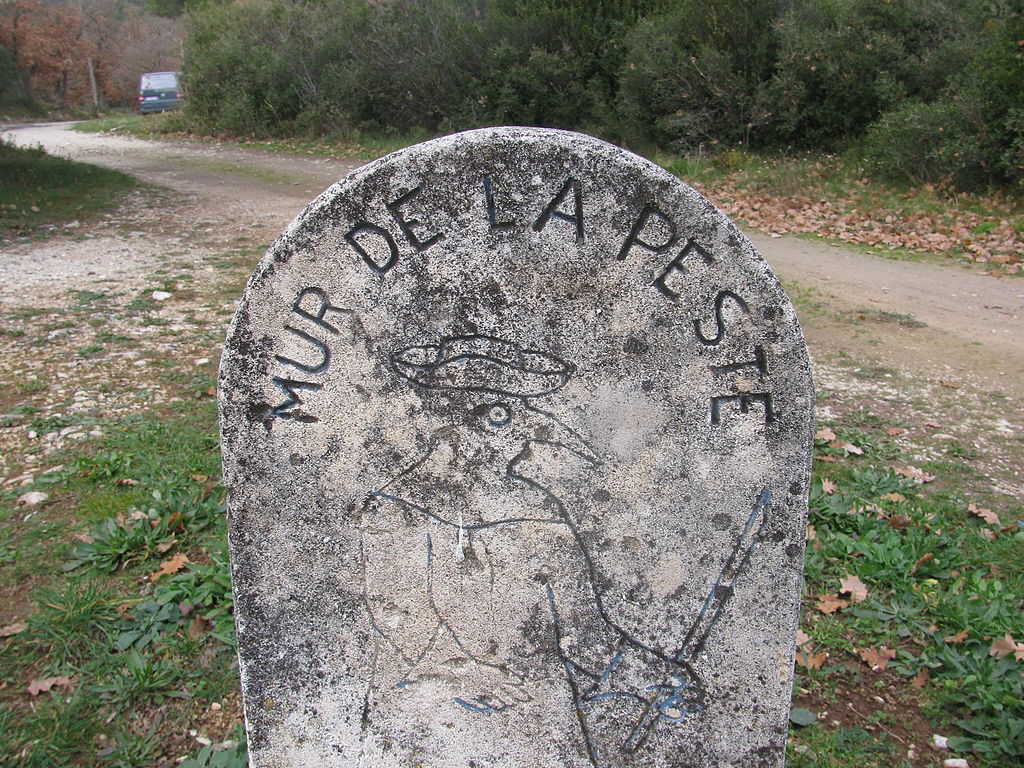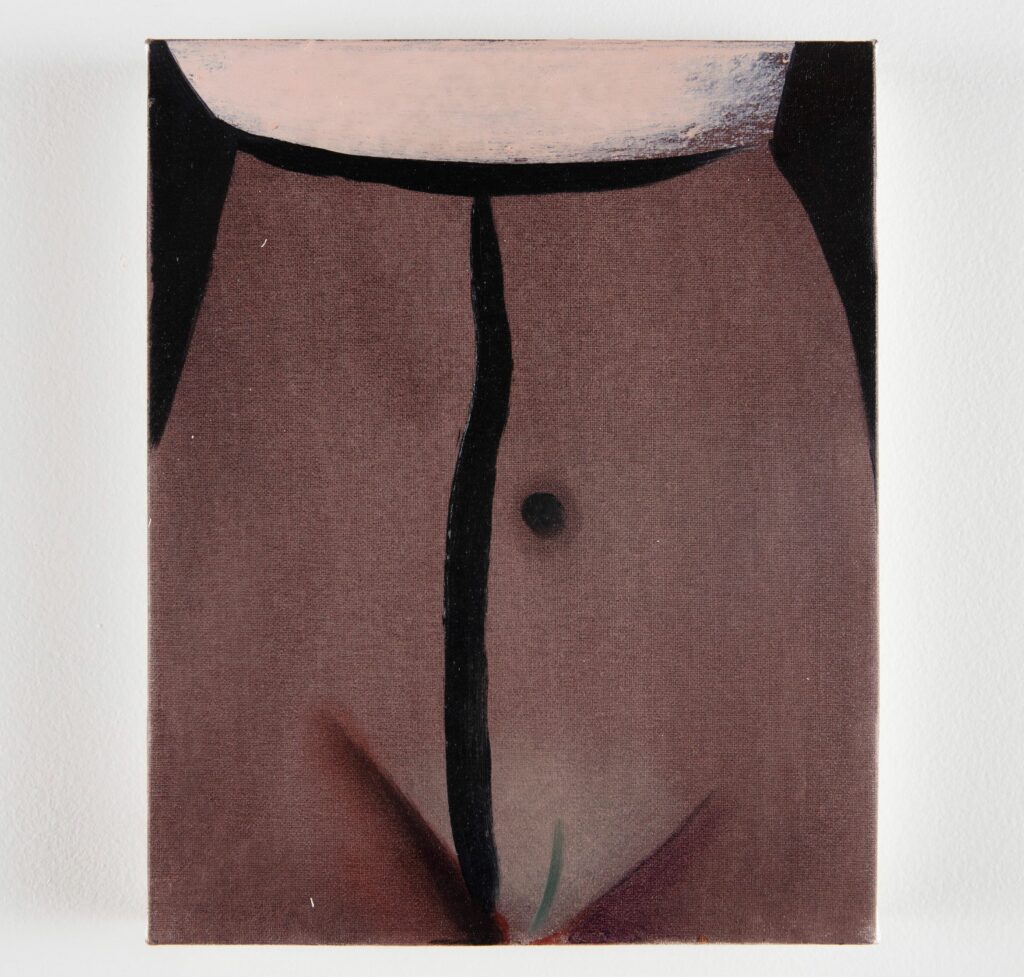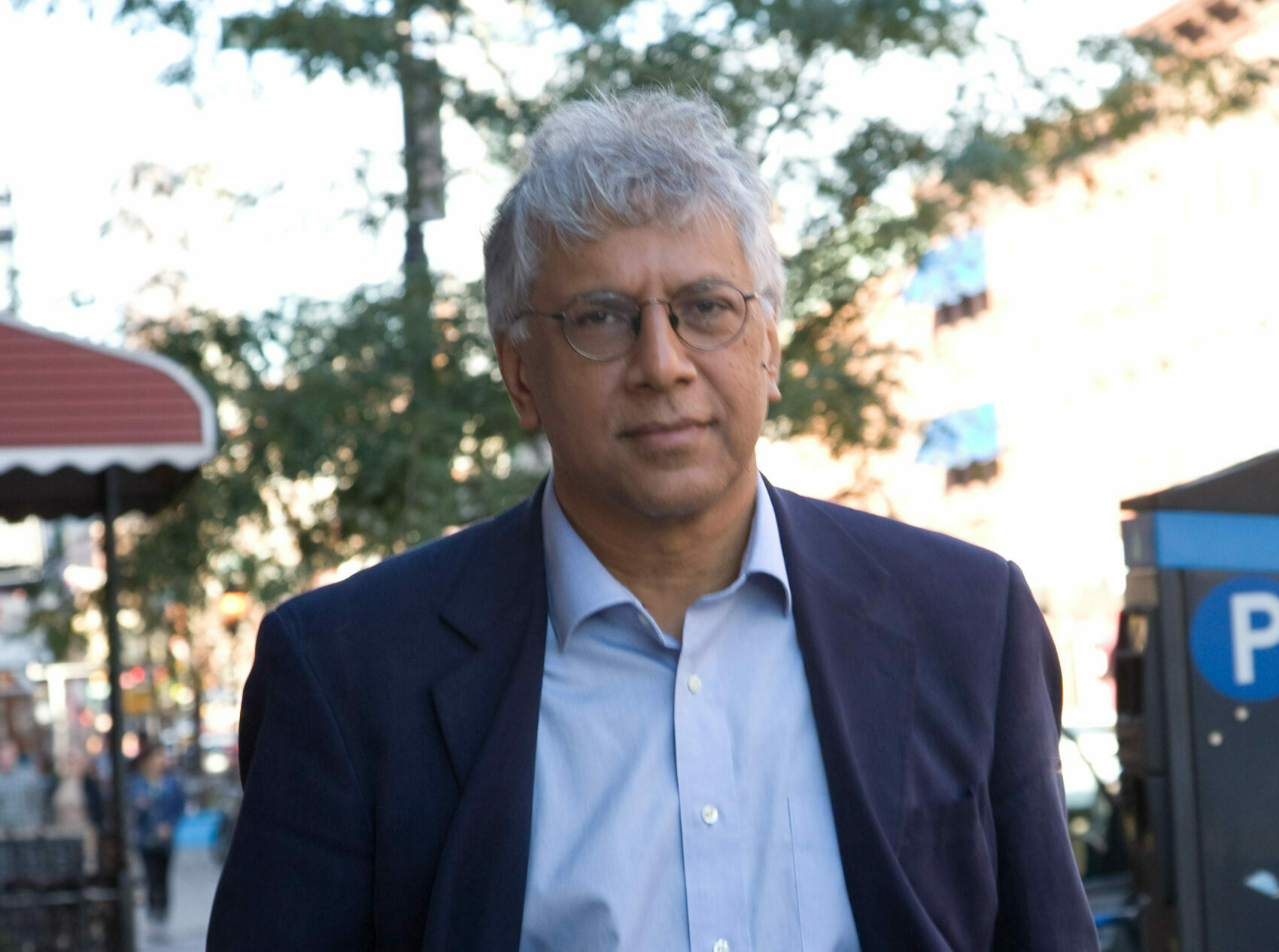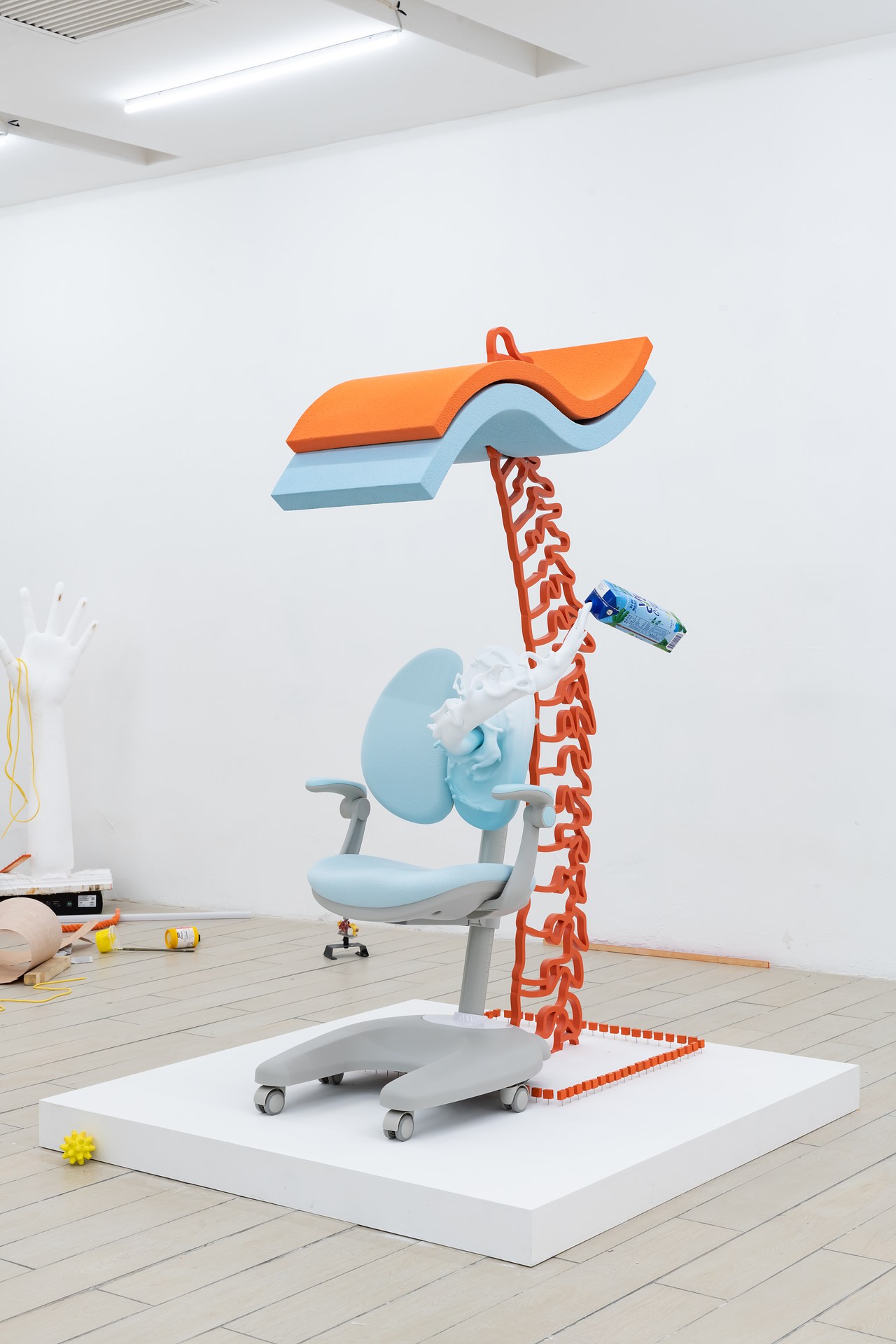Mur de la Peste, Lagnes. Photograph by Marianne Casamance, CC BY-SA 4.0, via Wikimedia Commons.
The Plague was not an easy book to write. Camus was ill when he began it, then trapped by the borders keeping him in Nazi-occupied France. Aside from these difficulties, there was the pressure of authentically speaking up about the violence of World War II without falling into the nationalist heroics he deplored. Like with most problems in art, the solution was to address it directly: in one of the most revelatory sections of the novel, the character Tarrou blurs the line between fancy rhetoric and violence. “I’ve heard so much reasoning that almost turned my head,” he says, “and which had turned enough other heads to make them consent to killing, and I understood that all human sorrow came from not keeping language clear.”
All human sorrow! The boldness of this claim hints at how much Camus believed in words. The Plague is full of people who struggle to clarify their language and strain to make it more precise: Grand, Rambert, Paneloux, and even Rieux all try—and often fail—to express their deepest feelings through words. But in writing, Camus manages to develop a style that encapsulates feeling within the sentence structures themselves—a kind of syntax that captures deep emotion in plain speech.
For example, the first time Rambert tries to get out of the city, the smugglers who might help him escape don’t show up, and he despairs at the thought of having to retrace his steps:
At that moment, in the night spanned by fugitive ambulances, he realized, as he would come to tell Doctor Rieux, that this whole time he had somehow forgotten his wife by putting all his energies into searching for a gap in the walls that separated him from her.
Copyright
© The Paris Review










